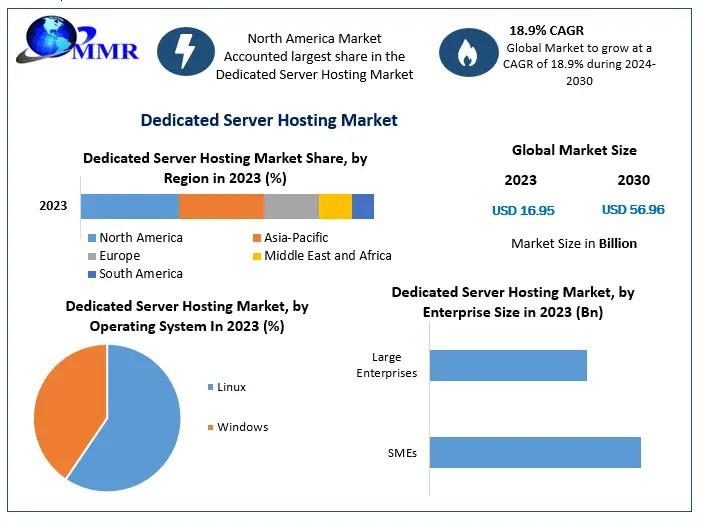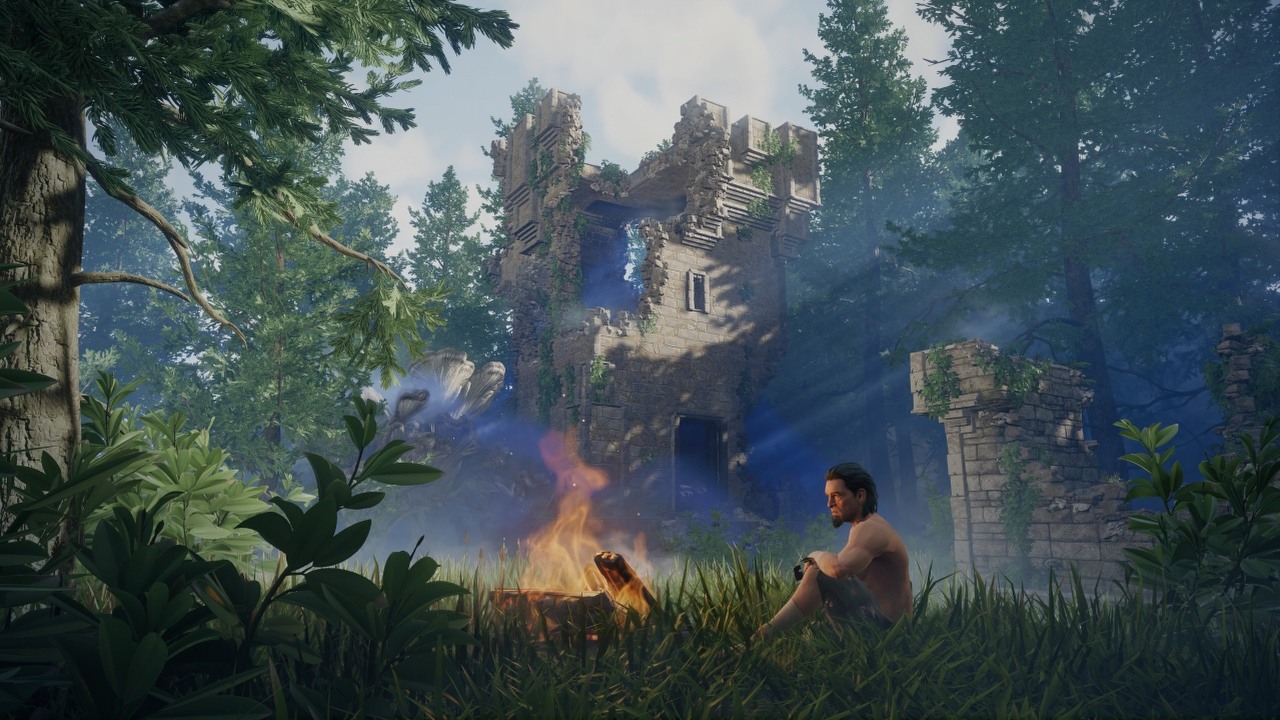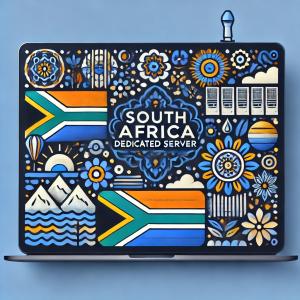Empowering Designers: Why Personal Servers are Essential for Design Apps
In the world of design, having access to powerful applications can greatly enhance creativity, collaboration, and productivity. While many designers rely on cloud-based services, there are certain applications that benefit from a dedicated server. Some professionals prefer virtual private server rental because it is scalable and not so expensive. In this article, we explore a number of powerful applications for designers that can be hosted on a personal server for greater control, customization, and security.
How to choose server configuration for design applications?
Choosing the right server configuration for design programs depends on several factors, including the specific design software you use, the complexity of your design projects, and the number of users accessing the server. Here are some key considerations to help you make an informed decision:
- System Requirements: Review the system requirements of your design software to determine the recommended server specifications. Check the software’s official documentation or website for information on processor speed, RAM, storage requirements, and graphics card compatibility.
- Scalability: Consider the scalability needs of your design projects. If you work on large-scale projects with high-resolution graphics or handle a large volume of design files, you may require a server with ample storage capacity and processing power to handle the workload effectively.
- Centralized Storage: Design programs often involve working with large file sizes. Ensure your server has sufficient storage capacity to accommodate your design files and provide room for future growth. Consider using RAID (Redundant Array of Independent Disks) configurations to enhance data protection and performance.
- Network Bandwidth: If multiple users will be accessing design files simultaneously, ensure your server has adequate network bandwidth to handle the file transfers and maintain a smooth workflow. A Gigabit Ethernet connection or higher is recommended for fast and reliable data transfer.
- Backup and Disaster Recovery: Design files are valuable assets, and it’s crucial to protect them. Implement a robust backup strategy, including regular server backups and off-site storage options. Consider utilizing backup software or cloud-based backup services for added convenience and data redundancy.
- Remote Access: If you work with remote teams or need the flexibility to access your design files from different locations, consider server configurations that support remote access capabilities. Virtual Private Network (VPN) setups or remote desktop solutions can provide secure access to your server and design programs.
- Security: Design files often contain sensitive and confidential information. Implement security measures such as firewalls, intrusion detection systems, and secure authentication protocols to protect your server and design data from unauthorized access.
- Server Management: Evaluate your technical expertise and resources for server management. If you have limited technical knowledge, consider managed server hosting options that provide support and assistance with server maintenance, updates, and security patches.
Dedicated server rental is the perfect solution for making art, design, rendering, and other tasks. You can use the server for several apps and to store your work in a safe place.
When might you need a personal server?
Design Collaboration Platform
Nextcloud or ownCloud
A personal server allows designers to host their own collaboration platform, offering real-time collaboration, version control, and asset management. With complete control over data privacy and access permissions, designers can seamlessly integrate this platform with their preferred design tools, fostering efficient collaboration and streamlined workflows.
Design Prototyping Tools
Framer or Axure RP
Hosting design prototyping tools on a personal server provides designers with an environment to create interactive prototypes, test user flows, and gather valuable feedback. By having their own server, designers can customize the prototyping experience, ensure data security, and maintain control over the entire prototyping process.
Design Asset Management System
ResourceSpace or Pimcore DAM
Organizing, storing, and sharing design assets securely is crucial for designers. By setting up their own asset management system on a personal server, designers can efficiently manage their assets, enable versioning, and control access permissions. This facilitates easy asset retrieval, promotes asset reuse, and ensures the integrity of the design asset library.
Design Version Control
GitLab or Bitbucket
Hosting a version control system, such as Git, on a personal server empowers designers to effectively track and manage changes to design files. With a centralized repository, designers can collaborate seamlessly, maintain an accurate history of design iterations, and efficiently manage design file versions.
Design Project Management Tools
Redmine or Taiga
Personal servers provide designers with the opportunity to host project management tools specifically tailored to their needs. Design project management tools enable efficient project planning, task assignment, progress tracking, and collaboration with team members. By utilizing a personal server, designers can customize their project management workflows and maintain complete control over project data.
By harnessing the power of powerful applications hosted on a personal server, designers can elevate their creative process, enhance collaboration, and maintain control over their design assets and projects. Whether it’s hosting a collaboration platform, prototyping tools, asset management systems, version control, or project management tools, having your own server opens up a world of possibilities for designers seeking greater control, customization, and security in their design workflows.
https://www.siliconindia.com/news/general/the-importance-of-personal-servers-for-design-applications-nid-224484-cid-1.html






